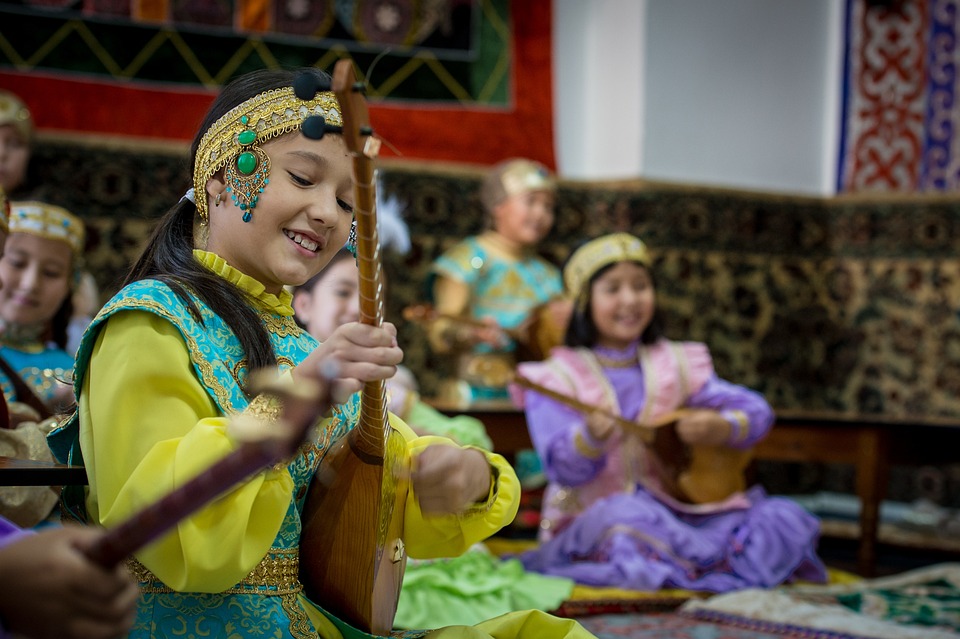The Importance of Traditional Instruments in Indigenous Communities
Traditional instruments play a significant role in the cultural identity and pride of indigenous communities around the world. These instruments are more than just tools for making music; they are symbols of heritage, history, and connection to the land. In many indigenous cultures, the music created with these instruments is passed down through generations, serving as a form of oral tradition that preserves stories, customs, and rituals.
Traditional instruments are often made with natural materials found in the local environment, such as wood, animal hides, and plant fibers. The craftsmanship and artistry involved in creating these instruments are skills that are passed down from elders to the younger generations, ensuring that the knowledge and traditions are not lost over time. Each instrument has its own unique sound and purpose, reflecting the values and beliefs of the community it comes from.
The Role of Traditional Instruments in Indigenous Ceremonies
Traditional instruments are an integral part of indigenous ceremonies and rituals, serving as a means of communication with the spiritual world. The sounds produced by these instruments are believed to connect the community with their ancestors, gods, and nature. For example, the didgeridoo, a traditional instrument of the Aboriginal people of Australia, is often used in ceremonies to call upon the spirits of the land and to invoke protection and blessings.
Similarly, the drum is a common instrument used in indigenous cultures around the world for its ability to create a rhythm that unites the community in dance and prayer. The drumbeat is believed to mimic the heartbeat of the earth, bringing harmony and balance to the ceremony. Other instruments, such as the flute, rattle, and gourd, are also used in ceremonies to create a sacred space and to connect the participants with the divine.
Preserving Traditional Instruments in Indigenous Communities
Despite the importance of traditional instruments in indigenous cultures, many are at risk of being lost due to modernization, colonization, and globalization. In some cases, these instruments have been banned or restricted by colonial powers, leading to a decline in their use and production. Additionally, the younger generations may be more interested in modern music and technology, leaving behind the traditional instruments of their ancestors.
However, there is a growing movement within indigenous communities to preserve and revitalize their traditional instruments. Organizations and individuals are working to document and record the music, songs, and stories associated with these instruments, ensuring that they are passed down to future generations. Schools and cultural centers are also incorporating traditional music and instrument-making workshops into their programs to educate the youth about their heritage.
Using Traditional Instruments as a Symbol of Identity and Pride
Traditional instruments are not only important for preserving cultural heritage but also for asserting the identity and pride of indigenous communities. These instruments represent a connection to the land, ancestors, and traditions that have been passed down for centuries. By playing these instruments and sharing their music with the world, indigenous people are reclaiming their voice and asserting their presence in the modern world.
For many indigenous musicians, playing traditional instruments is a way to resist assimilation and colonization, reclaiming their cultural identity in the face of adversity. By performing at festivals, concerts, and events, these musicians are showcasing the beauty and diversity of indigenous music and art, challenging stereotypes and misconceptions about their communities. In this way, traditional instruments serve as a powerful tool for empowerment and self-expression.
Conclusion
Traditional instruments are more than just objects; they are living symbols of identity and pride in indigenous communities. These instruments are a reflection of the values, beliefs, and customs of the community they come from, serving as a bridge between the past and the future. By preserving and revitalizing their traditional instruments, indigenous communities are reclaiming their heritage and asserting their presence in the modern world.
Through the power of music and art, indigenous musicians are using these instruments to tell their stories, celebrate their culture, and connect with others around the world. The sounds of the drum, flute, rattle, and gourd echo through the generations, carrying the voices of the ancestors and the hopes of the future. With each note played, indigenous communities are reclaiming their place in the world and forging a path towards a more inclusive and diverse society.

Leave a Reply